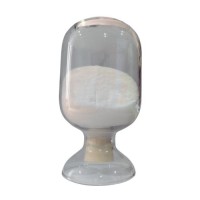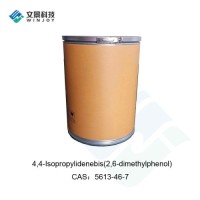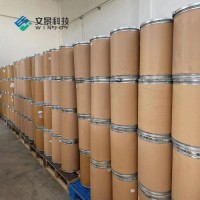



Appearance: White to pale yellow crystalline powder
Melting Point: Approximately 160–165°C (varies slightly with purity)
Solubility: Soluble in organic solvents (e.g., acetone, chloroform), insoluble in water.
Thermal Stability: High (methyl substitution restricts molecular chain mobility, elevating glass transition temperature).
High Thermal Stability: Suitable for high-temperature processing (e.g., electronic encapsulation materials).
Chemical Resistance: Hydrophobic methyl groups enhance resistance to acids, alkalis, and solvents.
Low Hygroscopicity: Minimizes performance degradation due to moisture absorption (e.g., dielectric materials).
Antioxidant & Flame Retardant Potential: Steric hindrance from methyl groups delays oxidative degradation; may synergize with other components to improve flame retardancy.
Polymer Materials
Epoxy Resin Modification: Acts as a curing agent or comonomer to enhance mechanical strength, heat resistance, and flexibility (aerospace, electronic encapsulation).
Polycarbonate (PC) Enhancement: Alternative to bisphenol A, improves UV-aging resistance (automotive lenses, optical devices).
Electronic Materials
High-Frequency Circuit Substrates: Low dielectric constant reduces signal loss (5G communications, semiconductor packaging).
Photoresist Component: Used in microlithography for high-precision patterning.
Flame Retardant & Antioxidant Systems
Additive for polymers to enhance high-temperature stability and long-term durability (cable sheaths, engineering plastics).
Upgraded Alternative to Bisphenol A: Methyl substitution may reduce estrogenic activity concerns, but requires further toxicological validation.
Performance-Oriented: Balances thermal stability, processability, and durability for high-end industrial applications.
Safety: Limited toxicological data available; handle as an industrial chemical (avoid inhalation/skin contact).
Synthesis: Requires Friedel-Crafts alkylation or similar reactions, with strict control of substitution sites for high purity.